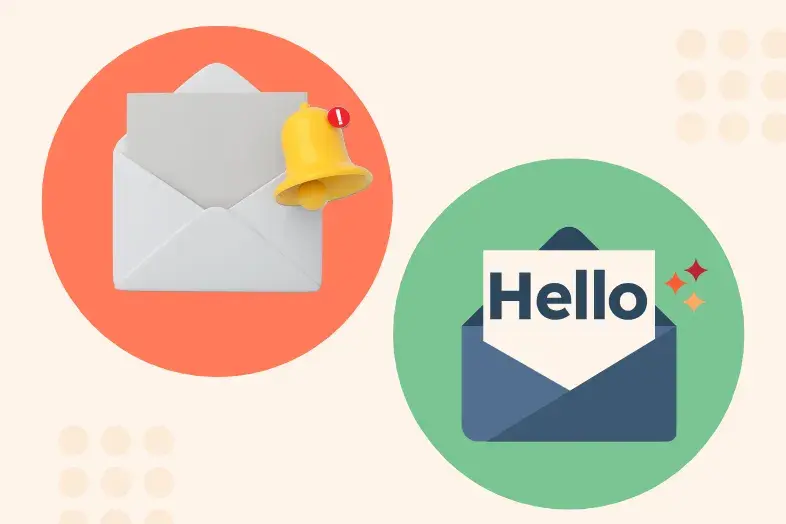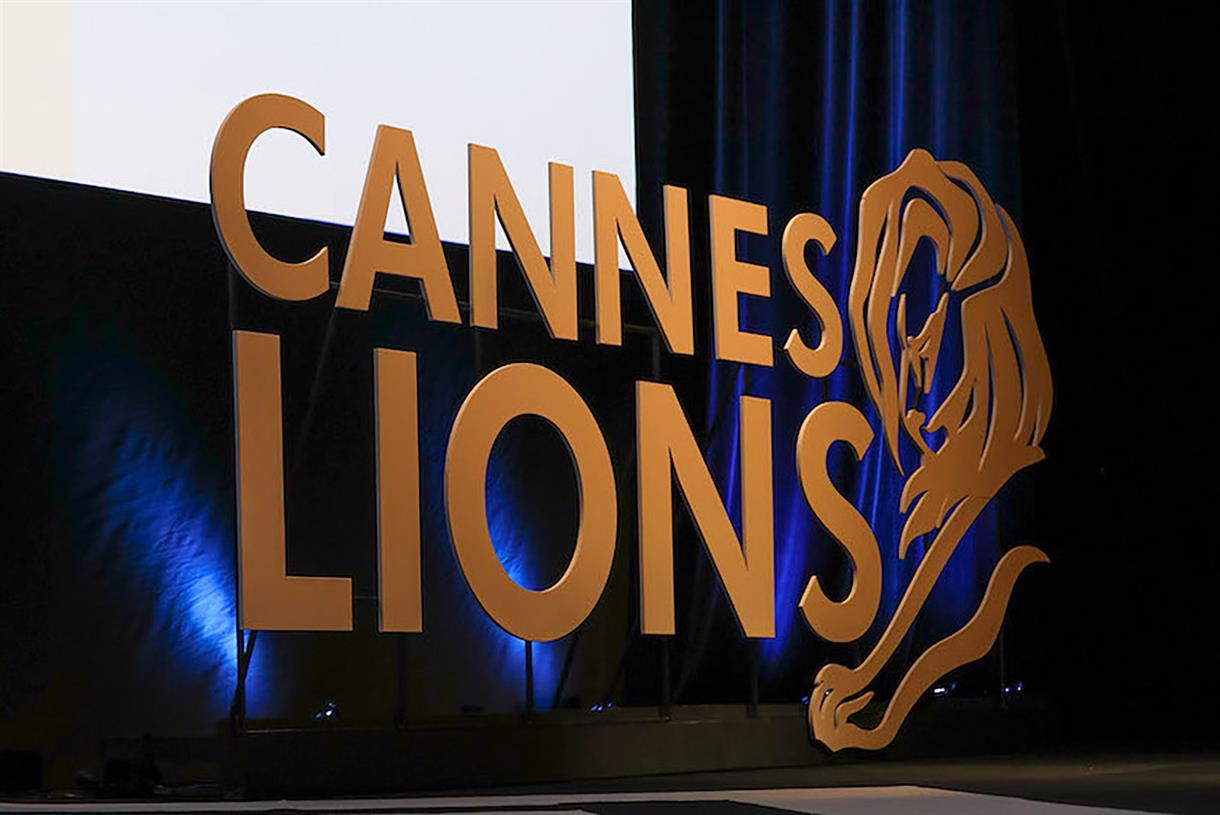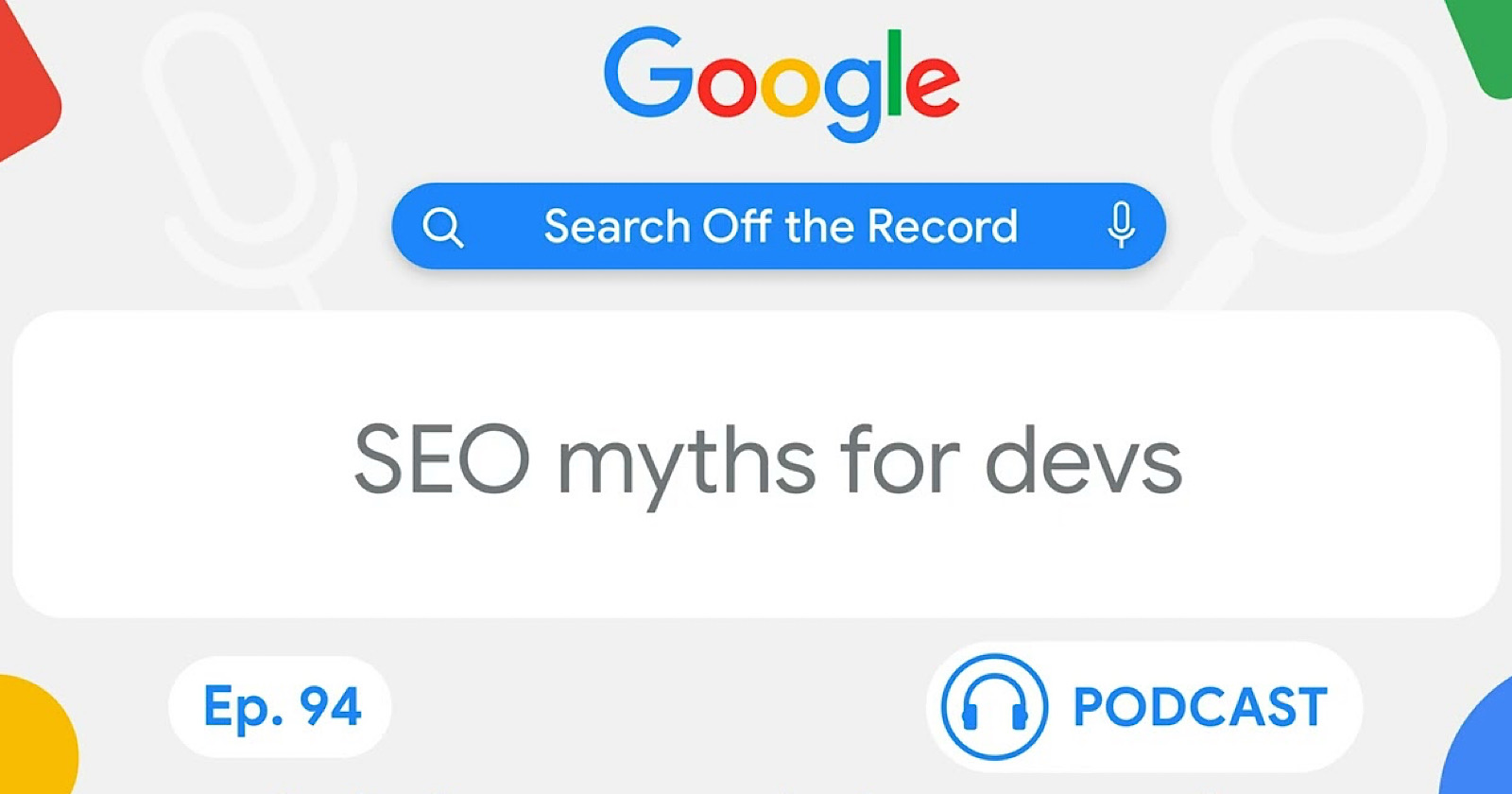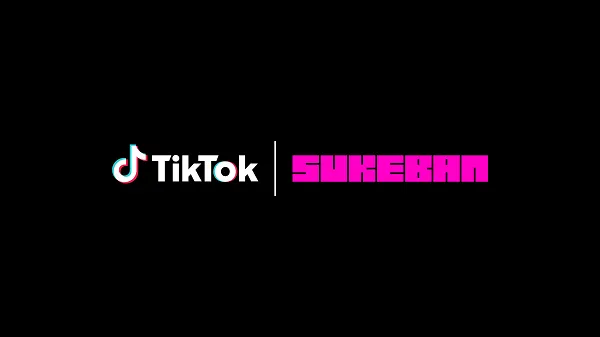B2B Newsletter Marketing: How It Differs From Email Promotions & What Brands Can Learn from Independent Producers
If you’re like me, you only open a small fraction of the (dozens? hundreds?) email newsletters you've subscribed to. So I set out to find what those really good newsletters, the ones you open on the regular, have in...

If you’re like me, you only open a small fraction of the (dozens? hundreds?) email newsletters you've subscribed to. So I set out to find what those really good newsletters, the ones you open on the regular, have in common. Email newsletters have been floating around in the zeitgeist for some time now, especially as more writers have left online publishers to make it on their own. I talked to a half dozen experts in the field, including both technical and content specialists, to tease out the difference between B2B newsletter marketing and other types of emails, guide you through best practices, and uncover some takeaways from indie newsletters that you can apply to your own brand. Table of Contents B2B newsletters can be broadly defined. One business might send bi-weekly how-to guides and best practices in its industry; another might send weekly interviews with master marketers (that was a shameless plug for a newsletter I sometimes write for). What’s most important to understand is how B2B newsletters differ from traditional email marketing. If your inbox is even half as full as mine is, you’ve got a steady stream of emails about sales, new product alerts, and reminders to purchase that new gadget you put in an online shopping cart and promptly abandoned. Those traditional marketing emails are important to your overall marketing strategy, but today we’re talking about an entirely different beast. I spoke to Lia Haberman, who founded and writes the successful ICYMI newsletter and teaches social media marketing and influencer marketing at UCLA. She says that “the difference between email marketing and [B2B] newsletters is really a difference between performance marketing and content marketing.” She explains that the primary goal of performance marketing, like email marketing, is to drive conversions. “You’re trying to generate leads, to increase sales. There’s a point to the email that extends beyond the email itself.” These emails might be tied to a particular campaign or initiative. Newsletters, like content marketing, “focus on providing value within the email itself. The subscriber doesn’t need to click out to get the value of whatever the newsletter is promising.” This may sound counterintuitive, but a regular newsletter cadence establishes your brand as an authority in its field. And if you’re giving your potential customers real value that serves their purposes instead of yours, congrats, you’re well on your way to building trust. The real question, as I learned researching this article, is perhaps, “Why shouldn’t you start a B2B newsletter?” Starting a newsletter can deliver a great return on investment and build and nurture your target audience — but not if you go into it with unrealistic expectations or limited resources. Newsletters require consistency and dedication — not just to create regular content, but to ensure deliverability, something that may require advanced technical knowledge. Newsletters are a long game, so if you need immediate marketing results, look elsewhere. And if you can’t or don’t want to commit to a long-term relationship (we’ve all been there) with your audience, newsletters aren’t going to be a great fit. Enough of the negativity. Here’s six benefits to starting a newsletter: A regular drumbeat of newsletters builds long-term relationships and creates an opted-in audience — the people who are enthusiastic to hear from you. Take HubSpot’s Masters in Marketing newsletter as an example. Every week, we interview a marketer who is breaking new ground and innovating in the field. It reinforces HubSpot as a source for thought leadership and high-quality marketing expertise that you can’t get anywhere else. Contrary to popular belief, making money from your newsletter doesn’t necessarily require tens of thousands of subscribers. Ferrari — admittedly a brand whose fans have a little more money to burn than the average bear — has just 5k subscribers to its Ferrari Market Newsletter. The paid subscription options range from $10/month to $90/year (presumably this is chump change if you drive a Ferrari). The yearly revenue attributed to just the newsletter is reportedly between $2 and $4 million. If you have a dedicated niche audience that has value to other brands, you can sell space in your newsletter. Evaluate your brand and your audience to make sure that the sponsorships reinforce the trust you’re building — if you run a cat-sitting company, sell sponsorship space to the maker of your cats’ favorite treats, not to a meal delivery service. Audience segmentation is arguably more valuable than adding new subscribers, Alexis Grant tells me — though she cautions that segmentation and adding subscribers aren’t mutually exclusive, and that “it’s easy for a list to get stale if you don’t add new people.” Grant runs the newsletter They Got Acquired, and she uses audience segmentation tools like RightMessage to “serve people exactly what they want.” When you sign up for They Got Acquired’s newsletter, there’s an optional survey to identify niche demographics like founders looking to sell within the year. One of Grant’s goals is to get more users on her platform, called They Got Acquired Data, which provides data and insights that can be used to identify comps, grow buyer lists, and strengthen your negotiations. That platform will likely be more valuable to a founder looking to sell within the year than somebody looking to sell within five years, and Grant can tailor her content accordingly. A niche audience can be targeted-networking gold. Take Al Iverson’s Spam Resource newsletter, which focuses on email marketing and deliverability. Iverson told me that he only has around 1,300 subscribers — but they were the perfect 1,300 people to reach out to during a recent job search. “My newsletter gave me a direct line to over a thousand connections in my industry,” he says. “It was instrumental in finding my next career opportunity.” I spoke with several experts and heard the same thing over and over again: Write good newsletters that serve your audience — not your brand. (If you want more examples, I compiled a list of 23 of my fav marketing newsletters.) Haberman suggests hiring writers with a journalistic or creative background in order to write the kind of personable newsletter that people will be excited to open. “Marketers can be great writers,” she says, “but the mindset of a marketer and the mindset of a writer are two different things.” Marketers will naturally come from the “perspective of advocating for the best interests of the company.” Writers will ask themselves, “What does the audience want to hear from me?” versus “What is the message that I have to deliver?” Former HubSpotter and founder of Newsletter Examples Brad Wolverton echoes Haberman’s recommendations. “Think like a journalist,” he suggests. “Your job is to share the most useful information.” The information in your newsletter should be curated, of high value to your audience, and should strike a balance between branded and external content. Most email marketing platforms include some level of technical support, but I wanted to know what you should keep in mind as you’re shopping around for the right platform and getting started with a newsletter. So I talked to Kaylee Jenzen, a technical marketing manager here at HubSpot who has worked on The Hustle and other HubSpot newsletters. Jenzen suggests that you consider: Independent newsletter operators have a wealth of AI personalization tools available to them. (All the major email platforms I’ve used, including HubSpot’s, include AI personalization tools.) B2B newsletters, like anything else in marketing, is a growing and evolving field. Use this three-pronged list of best practices as a guide, whether you’re starting a newsletter from scratch or revamping an existing one. I’ve also included a few examples of newsletters I think do a particularly good job with content strategy and audience engagement. (Technical optimization is a bit harder to judge, since it all takes place under the hood.) The content strategy for newsletter marketing should fit comfortably within your overall marketing strategy, but to recap a few guidelines from the experts I spoke with, prioritize: In original HubSpot research from September 2024, we asked 500+ newsletter operators about their most commonly used content strategies: We also asked what type of content drives the most engagement. Our findings are consistent with the expert advice in this article: Readers want emails from real people with real opinions. By every metric, content based on your personal opinions and perspectives and original data and research drive the highest engagement. Get inspired: Check out The Publish Press, a thrice-weekly send with the latest news for creators, and WTF is SEO?, which shares advice and interviews on SEO for news and publishers. How to: We’ve got a detailed step-by-step guide on how to create an email newsletter and tips for creating great content. Audience engagement might be measured in different ways depending on your priorities (for instance, one of my colleagues wrote about how The Hustle prioritizes click-through rate over open rates). Get inspired: Check out FINGERS, a newsletter about drinking in America, which is highly lauded for its engagement; and of course The Hustle, which I would read every day even if I didn't work here. How to: We’ve compiled 22 of the best newsletter tools for engaging subscribers. Technical optimization often requires deeper technical know-how. Since it’s likely that your email marketing platform of choice will provide some technical support, I haven’t gone into detail here — but here are a few things to keep in mind and ask questions about as you get your newsletter off the ground: How to: We’ve got a free downloadable guide with email marketing best practices and a planning template. In HubSpot’s recent survey of 500+ newsletter operators, we gathered some statistics that can inform your B2B newsletter decisions. Keep in mind that these are independent newsletter operators and content creators, not brands, so your mileage may vary. Just 5.45% of respondents earn more than $3k a month from their newsletter, and 38.4% make between $0 and $100 each month. Like, a lot of work: An incredible 73.46% respondents said that running a profitable newsletter can easily become a full-time job. Be sure you do the calculus in your marketing strategy so you don’t put more resources into a newsletter than you can reasonably get out of it. We asked respondents to identify the top three money-making tactics, and 26% said paid subscribers, 20% said freemium, and 13% said that ads and sponsorships were their top revenue source. Nearly 62% of respondents said that newsletters that don’t integrate video, audio, or interactive elements will fall behind in less than three years. Readers want to hear from people — not brands. If you’re writing on behalf of a brand, keep Haberman’s advice in mind about hiring creative writers or getting into a reader-focused mindset. Your newsletter can’t be all things to all people, and you’ll be better positioned if you embrace that. Over 51% of respondents said that the broader your target audience, the lower your ROI. Look for a niche that only you can fill, and you’ll be able to get more value out of fewer subscribers. Here’s what experts see as growing trends in B2B newsletters: I also asked experts what emerging practices they’re seeing in the field. Keep an eye on: Independent newsletter operators and writers currently have an edge in the B2B newsletter marketing game, as readers are clearly prioritizing personality- and creator-driven content. That doesn't mean that there's not room for your brand to jump on the B2B newsletter marketing bandwagon, though — it just means that there's lots of opportunity to pave your own way and adapting these lessons to your own creative marketing strategies. 
What is B2B Newsletter Marketing

Why Start a B2B Newsletter
1. Build trust with your audience.
2. Establish thought leadership.
3. Take advantage of the monetization potential.
4. Leverage high-impact sponsorship opportunities.
5. Use audience segmentation to give readers what’s most valuable to them.

6. Establish a direct line to decision-makers.

How to Create a B2B Newsletter People Want to Read
Content Strategy

Lessons for Brands
Invest in creativity. That requires more than just hiring creative people to write content — it requires giving them trust and freedom, too. That can be a hard pill for brands to swallow, but consumers don’t want an email from a well-oiled marketing department. They want voice, creativity, and a sense of the face(s) behind the newsletter.
Resist the urge to be self-serving. It’s tempting to use newsletters to drive website engagement and nothing more. Think about what your audience wants, and find the right balance of branded and external content. It will build your credibility, trustworthiness, and authenticity.
Technical Strategies
Lessons for Brands
Don’t cut corners on technology. As Jenzen told me, “You get what you pay for.” Not every newsletter needs the Cadillac of email marketing platforms, but if you try to save some money by using a platform that doesn't serve your technical needs, you can risk seriously damaging your brand.
Use AI. Personalization is a great way to lean into AI. Let artificial intelligence use data to provide a personalized experience — your readers aren’t a monolith, and AI lets you treat them like the individual people they are. Use real people to give the personality and contextual information that AI can’t.
B2B Newsletter Marketing Best Practices
Content Strategy

Audience Engagement

Technical Optimization
B2B Newsletter Statistics
Key B2B Newsletter Findings
Most newsletter operators aren’t making a living out of it.

Running a newsletter is a lot of work.
Paid subscriptions are the top source of newsletter revenue.

Stay on top of current trends.
Narrow your target audience.

B2B Newsletter Trends
B2B Newsletter Marketing for Brands

 UsenB
UsenB ![The Future of Newsletters [Free Report]](https://no-cache.hubspot.com/cta/default/53/58c8c1bb-6a8c-44a9-8d37-7800956eccc6.png)










![YouTube vs. Vimeo: Which Video Platform is Best for Your Business? [New Data]](https://blog.hubspot.com/hubfs/vimeo-vs-youtube-fi.jpg#keepProtocol)





















